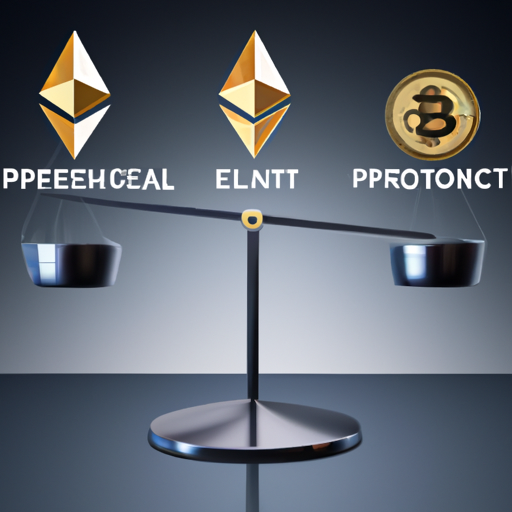The Transformative Power of Digital Assets: Unveiling Opportunities and Challenges
Introduction
Digital assets have emerged as a revolutionary force in the financial landscape, showcasing their transformative capabilities. These virtual currencies, cryptocurrencies, and tokens have gained substantial popularity in recent years, disrupting traditional systems and introducing new opportunities for individuals and businesses worldwide. In this article, we will delve into the transformative power of digital assets, identifying both the potential opportunities they offer and the challenges that lie ahead.
Key Points
The following are the key points we will explore in this article:
1. Borderless Transactions
2. Enhanced Financial Inclusion
3. Tokenization and Asset Digitization
4. Decentralization and Trust
5. Regulatory Challenges
Borderless Transactions
One of the most significant benefits of digital assets is their ability to facilitate borderless transactions. Traditional financial systems have limitations when it comes to cross-border transfers, involving intermediaries, high fees, and delays. However, digital assets, operating on blockchain technology, eliminate these barriers. With cryptocurrencies like Bitcoin and Ethereum, individuals and businesses can transact seamlessly across borders, significantly reducing costs and increasing efficiency.
Enhanced Financial Inclusion
Digital assets have the potential to enhance financial inclusion, especially in regions with limited access to traditional banking services. With a smartphone and an internet connection, anyone can participate in the digital economy, opening up opportunities for those previously excluded from the financial system. This accessibility empowers individuals and enables them to store, transfer, and grow their wealth independently, regardless of their location or socio-economic background.
Tokenization and Asset Digitization
Digital assets leverage tokenization and asset digitization, providing a platform for the fractional ownership of assets. This innovation unlocks liquidity in traditionally illiquid assets, such as real estate and art. By representing assets as tokens on the blockchain, fractional ownership becomes possible, allowing investors to diversify their portfolios and access previously inaccessible investment opportunities.
Decentralization and Trust
The decentralized nature of digital assets is a fundamental aspect of their transformative power. Traditional financial systems rely on centralized authorities, often breeding mistrust and vulnerability. In contrast, digital assets operate on decentralized networks, such as blockchain, where transactions are verified and recorded by a network of participants. This distributed consensus mechanism ensures transparency, security, and trust, eliminating the need for intermediaries and reducing the risk of fraud.
Regulatory Challenges
While digital assets present numerous opportunities, they also face regulatory challenges. Governments and regulatory bodies worldwide are grappling with the need to establish clear frameworks for the use and trading of digital assets. Issues such as money laundering, fraud, and consumer protection require attention to ensure the safe and responsible adoption of digital assets. Striking the right balance between innovation and regulation is crucial to maximize the potential benefits while minimizing the risks associated with this new financial paradigm.
Closing Thoughts: The Hot Take
The transformative power of digital assets is undeniable, offering borderless transactions, enhanced financial inclusion, and the digitization of assets. However, the path forward is not without challenges. Regulatory frameworks need to adapt to accommodate this rapidly evolving sector while protecting consumers and mitigating risks. As digital assets continue to shape the financial landscape, it is essential for individuals, businesses, and governments to navigate this new terrain with caution, embracing the opportunities while addressing the hurdles to unlock the full potential of this transformative technology.
